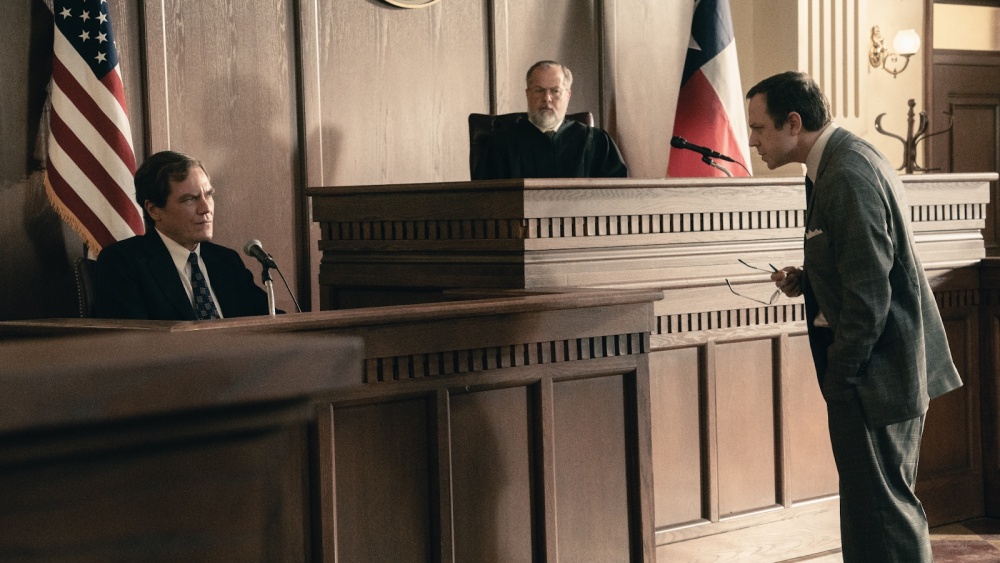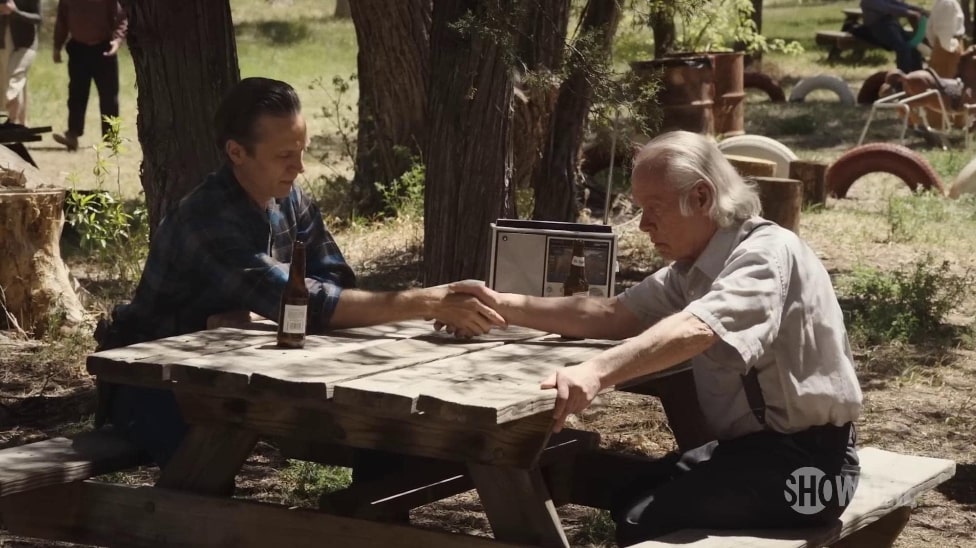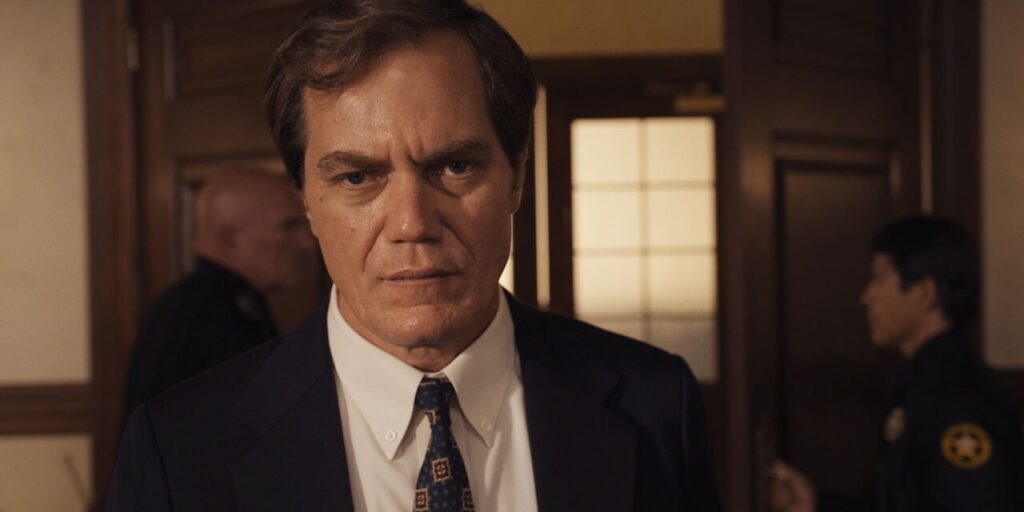As a Drew Dowdle and John Dowdle-directed drama series we can only describe as haunting, Showtime’s ‘Waco: The Aftermath’ (sequel to the 2018 Paramount original ‘Waco’) is truly unlike any other. That’s because it delves deep into the uneven scales of justice through the lens of not just the trial faced by surviving Branch Davidian sect members but also the extremist “Patriot” movement. It thus profiles characters that are intriguing in every sense of the term, raising the question of whether true events inspire their story.
Waco: The Aftermath Takes Inspiration from a 1999 Memoir
Yes, ‘Waco: The Aftermath’ is a true story. In fact, it is based on the 1999 memoir ‘A Place Called Waco: A Survivor’s Story’ by David Thibodeau with the help of renowned author Leon Whiteson. It carefully explores the complete reality behind what transpired following the horrific 51-day siege by the FBI against the Branch Davidian sect led by David Koresh (aka Vernon Howell). Though despite the fact the core of this series remains authentic to the incidents of the 1990s, the producers do employ some creative liberties to make it more entertaining.

Firstly, there was a disastrous standoff in Waco, Texas, in early 1993, which only ended owing to a mysterious fire that took the lives of 76 Branch Davidians, including 25 kids and David. This incident actually came within years of the latter overtaking the religious group by claiming to be its final prophet before using it as a reason to change his name from Vernon in 1990 legally. By this point, he had even gone through with his alleged involvement with previous leader Lois Roden (1916-1986) and ended his rivalry with her son George Roden, just as the series portrays.
Besides, only nine individuals made it out of the April 19, 1993 blaze, yet most were still subsequently charged with conspiracy, use of weapons, and murder. However, there were also those like Kathryn “Kathy” Schroeder who had willingly left their compound while the federal agencies’ efforts to arrest David were ongoing, only to be indicted. All of these Branch Davidians were ultimately acquitted of murder, but five were found guilty of the lesser count of abetting voluntary manslaughter before eight were convicted on firearm charges.
Nevertheless, the most significant aspect of Waco’s aftermath was that far-right, extremist, white supremacist groups began vocalizing their disdain for the government. And this, unfortunately, just fueled the conservative, nationalist “Patriot” movement, in which the right-wing community of Elohim City in Oklahoma apparently played a rather influential role. After all, this is reportedly the place from where the idea of Timothy “Tim” McVeigh as well as Terry Nichols bombing the Alfred P. Murrah Federal Building in Oklahoma City on April 19, 1995, came out.

Andreas Strassmeir, mostly known as Andy the German owing to his heritage and the then-head of security at Elohim, was ostensibly a part of this conspiracy too, but he soon managed to flee. The group’s motive was revenge for the 1993 siege, yet their action was honestly nothing except an act of terrorism that took 168 lives, injured over 680 others and damaged more than 320 buildings. Hence, it comes as no surprise Timothy and Terry were soon apprehended, indicted, tried, convicted, and sentenced for their heinousness — the former was handed death as the triggerman.
We should even mention that yes, individuals such as hostage negotiator Gary Noesner, agent Jacob Vazques (Robert Rodriguez in reality), defense attorney Dan Cogdell, private investigator Gordon Novel, and confidential informant Carol Howe were all an essential part of this entire incident as well. In other words, Showtime’s ‘Waco: The Aftermath’ genuinely follows actuality as much as it can while ensuring it keeps up an entertaining and binge-able value as much as possible, just like Paramount’s 2018 ‘Waco.’
Read More: Where Was Waco: The Aftermath Filmed?


You must be logged in to post a comment.